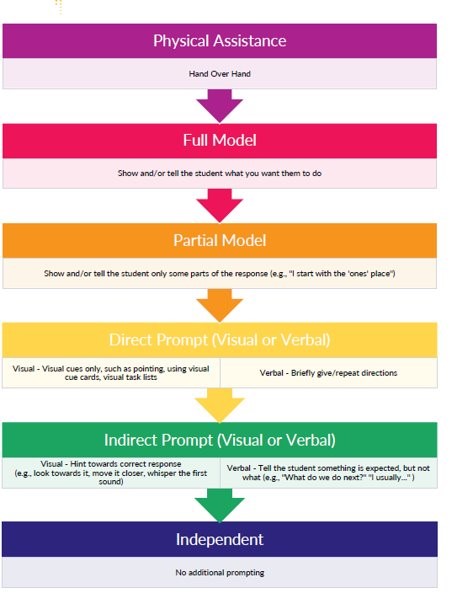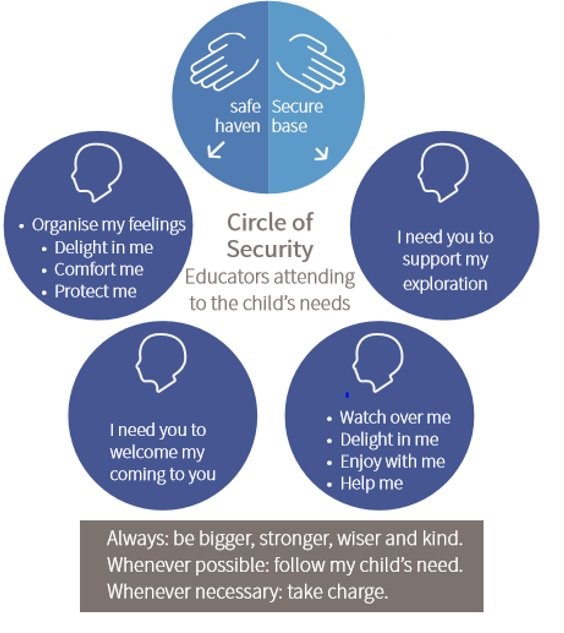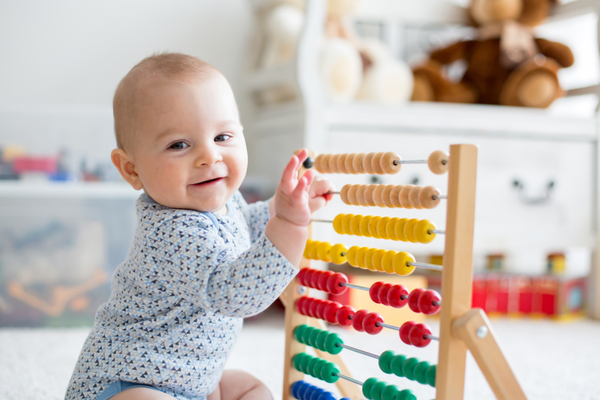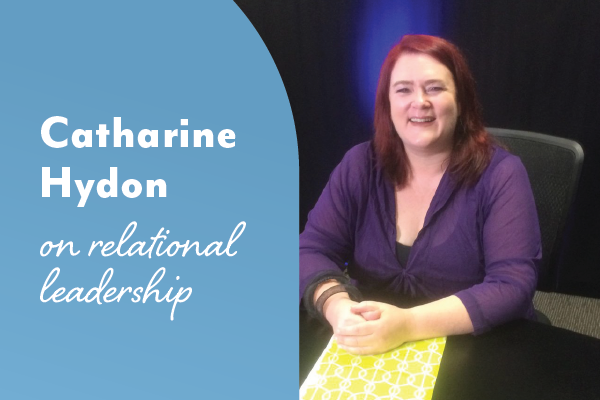
Jess Sugarman trained as a trained Occupational Therapist. She started her career developing early intervention programs in early childhood centres for children between two and five years old who presented with autism spectrum disorder (ASD).
In her talk at Catalyst’s early childhood education and care industry roundtable, Jess addressed the strategies that can be used to best support children who present with ASD or other behavioural difficulties.
Watch Jessica’s Industry Roundtable talk
An important issue in early childhood
Promoting positive behaviours is recognised as an important issue in early childhood highlighted by in the National Quality Standards, Quality Area 5: Supporting children to regulate their own behaviour.
- Standard 5.1 – Respectful and equitable relationships are maintained with each child.
- Standard 5.2 – Each child is supported to build and maintain sensitive and responsive relationships
In 2017, one in 250 Australians had a diagnosis of ASD and males were four times more likely to have autism compared to females.
Firstly, let’s cover what exactly is Autism Spectrum Disorder (ASD)?
ASD is characterised by social communication difficulties including:
- Difficulties in social-emotional reciprocity
- Difficulties in non-verbal communication
- Difficulties developing, understanding and maintaining relationships
Also a feature of ASD is restrictive, repetitive patterns of behaviour, interest or activities including:
- Stereotyped or repetitive movements, use of objects or speech
- Preference for sameness, difficulties with changes in routines or ritualised behaviour
- Fixated interests
- Sensory processing differences
What is the function of these behaviours?
It’s important to recognise that the behaviour has a function and it occurs when expectation meets lagging skills. Some of the needs that challenging behaviours seek to meet are to:
- Escape or avoid
- Access something tangible
- Seek connection
- Sensory stimulation
Strategies to manage challenging behaviours
There are several ways which we can help to manage the behaviours of kids with ASD.
1. Telling ‘what to do’ stories
Telling ‘what to do’ stories is an effective way to help explain acceptable behaviours and why we engage with them. By outlining an ideal scenario, the child in your care may be better able to envision themselves acting out these positive behaviours.
2. Making expectations clear
Another strategy is by making expectations clear using some or all of the following tools.
- Visual schedules
- Develop familiar routines e.g. pack away song, countdowns
- Pre-warnings
- Clear behaviour expectations
- Have you checked for understanding?
- Providing choices
3. Modelling
Modelling is another great way to show the child what to do and providing the ‘just right’ amount of support depending on their level of development and learning. See diagram 1 for the Heirarchy of Prompts and Cues.
Diagram 1

4. Building connections
Building connections is an all-important factor in managing behaviours. For children on the spectrum this can be done through playfulness, supporting regulation and promoting a sense of security. See diagram 2 for the Circle of Security which promotes a child’s safe connection with an adult.
Diagram 2

5. Modifying the environment
Modifying the environment is also a key strategy in managing behaviours. Organising the space is an obvious one. You can do this by:
- Providing a range and variety of activities to engage all children
- Controlling access to materials
- Ensuring the environment is calming (consider noise, space, lighting and clutter)
- Considering the physical layout
- Creating natural boundaries
- Allocating spaces for different activities
- Is the child easily observed?
- Is there flexibility?
6. Using visuals and sensory objects
Use visuals and sensory objects to support appropriate behaviour, emotional regulation, support organisation and communication.




